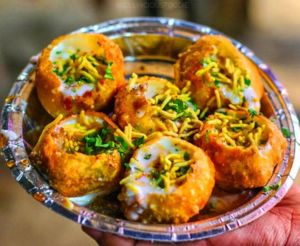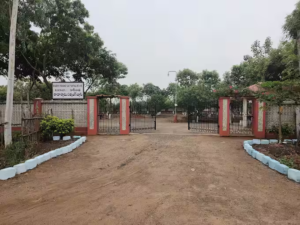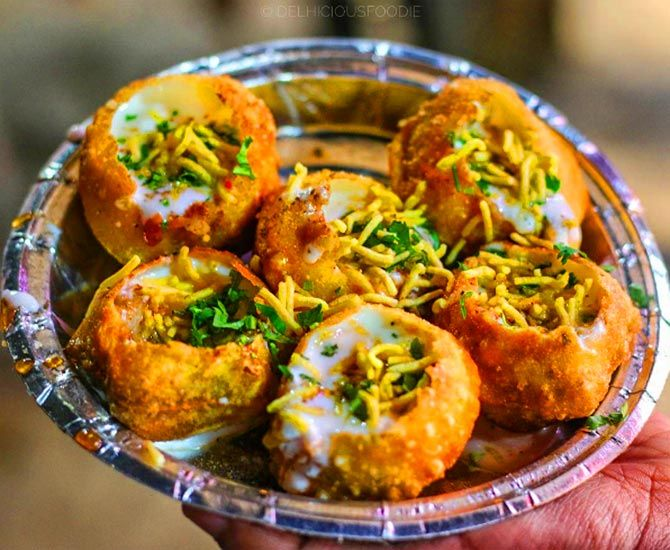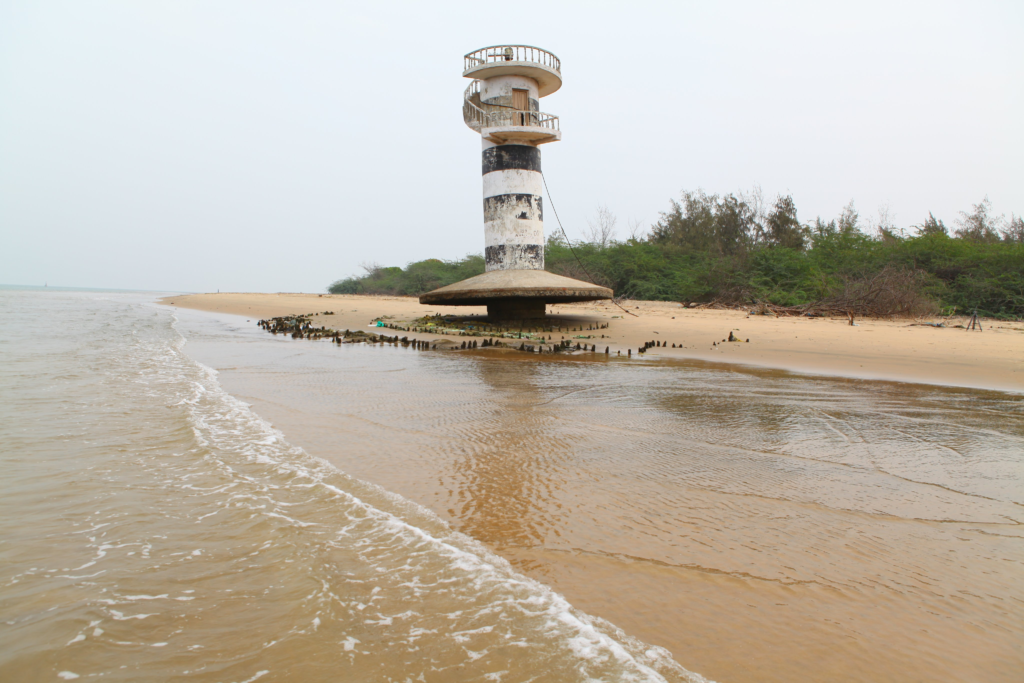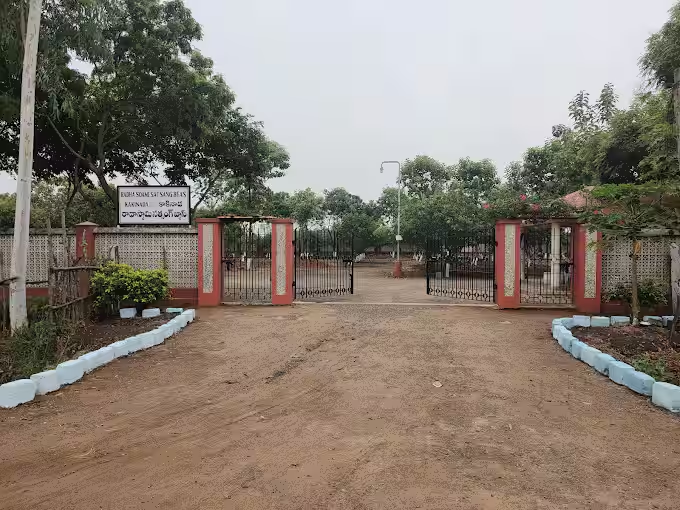Meta Description: Discover the best time to visit Chittoor, Andhra Pradesh, and what experiences await you. From temples and hills to seasonal highlights, plan your perfect trip with our detailed travel guide.
Table of Contents
- Introduction to Chittoor
- Climate Overview and Seasons
- Best Time to Visit Chittoor
- What to Expect During Each Season
- Cultural and Festival Highlights
- Travel Tips for Your Visit
- Conclusion
Introduction to Chittoor
Tucked away in the southeastern corner of Andhra Pradesh, Chittoor is a district rich in spiritual heritage, scenic beauty, and cultural vibrance. Famous for its ancient temples like the world-renowned Tirumala Venkateswara Temple in Tirupati and architectural marvels like the Chandragiri Fort, Chittoor has a blend of history, religion, and nature. Whether you’re a pilgrim, a history buff, or a nature lover, Chittoor has something in store for every traveler.
Climate Overview and Seasons
Chittoor experiences a tropical climate, with hot summers, mild winters, and a moderately wet monsoon. The weather plays a crucial role in your travel experience, as certain times of the year can be either too hot or too rainy for outdoor exploration.
- Summer (March to June): Temperatures range between 30°C to 42°C. This is the hottest period and not ideal for day travel.
- Monsoon (July to September): The district receives moderate to heavy rainfall. While the greenery is at its best, travel may be hindered due to unpredictable showers.
- Winter (October to February): Pleasant weather with temperatures between 18°C and 28°C makes this the most favorable season for visitors.

https://images.app.goo.gl/Ug41MKorMbMKiGwJA
Best Time to Visit Chittoor
The best time to visit Chittoor is from October to February. During these months, the weather is cool and ideal for sightseeing, trekking, and exploring temples without being exhausted by heat or hampered by rain. This period also coincides with major festivals, adding a cultural flair to your trip.
If you are a photographer or someone who loves lush green landscapes, the post-monsoon months of September and early October can also be appealing, as the region looks vibrant with fresh greenery and flowing streams.
What to Expect During Each Season
Winter (October to February):
This is the peak tourist season in Chittoor. The pleasant climate allows you to comfortably explore Tirupati, Talakona Waterfalls, Kanipakam Temple, and Horsley Hills. It’s also a great time for temple visits, hiking, and wildlife tours in places like Kaundinya Wildlife Sanctuary.
Summer (March to June):
Summers are harsh and generally avoided by tourists. However, early mornings and evenings can still be enjoyable in hill stations like Horsley Hills. If you plan to visit during summer, carry adequate sun protection and stay hydrated.
Monsoon (July to September):
The monsoon brings life to Chittoor’s natural attractions. Waterfalls are in full flow, and the landscape turns emerald green. However, due to frequent showers, temple visits and trekking may become challenging. Road conditions can also be affected in some areas.
Cultural and Festival Highlights
Visiting Chittoor during festivals can make your trip even more enriching:
- Brahmotsavam (September-October): Held at the Tirumala temple, this is one of the most significant religious events in South India, drawing thousands of devotees.
- Kanipakam Vinayaka Chavithi (August-September): Celebrated with devotion and grandeur at the Kanipakam Vinayaka Temple.
- Sankranti (January): A harvest festival celebrated with traditional foods, kite flying, and folk performances across the district.
These festivals showcase Chittoor’s deep-rooted cultural values and provide a memorable experience for travelers seeking to understand the local way of life.

https://images.app.goo.gl/a5viDnPaAgK2VTSb7
Travel Tips for Your Visit
- Clothing: Light cottons in summer and mild woolens in winter are sufficient. For temple visits, traditional attire is preferred.
- Footwear: Comfortable walking shoes are a must, especially if you plan to explore temples with long queues or trek to natural attractions.
- Transport: Buses and autos are common, but hiring a private cab offers flexibility for a district-wide tour.
- Accommodation: From budget lodges near Tirupati to scenic resorts in Horsley Hills, there are options to suit all preferences.
- Local Cuisine: Don’t miss trying Chittoor’s spicy Andhra-style meals, famous pickles, and sweets like Ariselu.
Conclusion
Chittoor is more than a stopover on the pilgrimage route—it’s a destination with a soul that reveals itself through its temples, hills, waterfalls, and vibrant festivals. While the region is beautiful year-round, the months from October to February offer the most comfortable and enriching travel experience. With proper planning, Chittoor promises not just a visit but a journey through South India’s spiritual heart and natural splendor.

